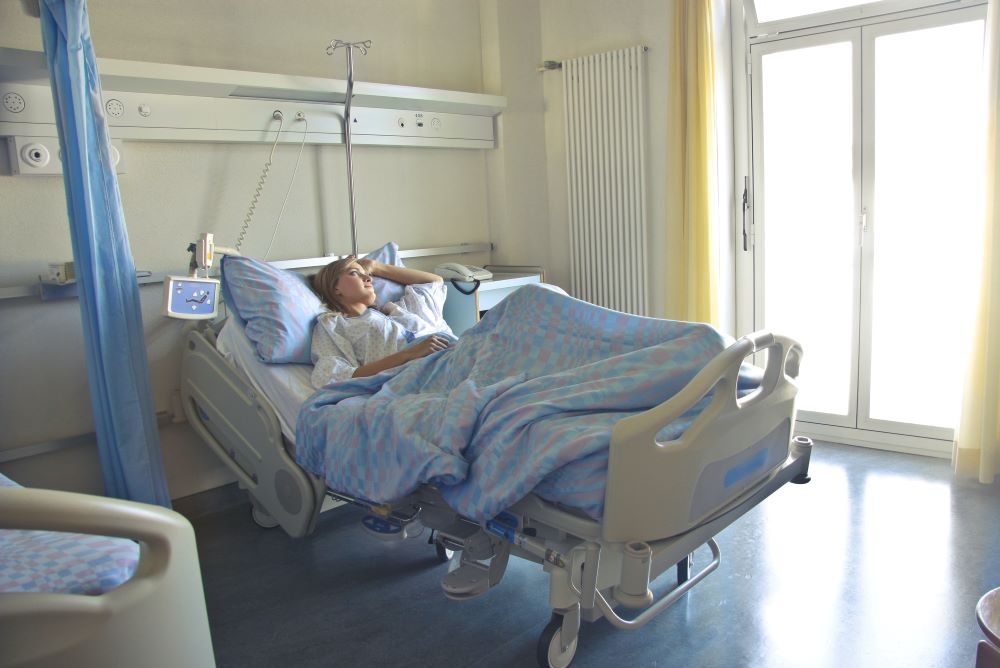Patients are being misled, and even dying, as a result of a lack of proper hospital care.
For nearly two decades, hospitals have been under the microscope for not maintaining a basic standard for patient safety or patient education, to the point where some failed to provide sufficiently for their patients. What these facilities are now finding is that preventing these errors and saving lives has been much harder to address than anticipated. While some improvement has been made, officials expected more progress. COVID-19 really brought the issue to the forefront again and watchdog organizations have found that hospitals aren’t doing nearly enough to fight this issue.
As recently as 1999, a report published by the Institute of Medicine found that there’s a potential for attributing 100,000 deaths per year to medical errors alone. These are preventable deaths and could have been avoided had there been proper protocols in place to limit such errors. After two decades one would hospitals would have worked to diminish that number, but in 2017 another survey reported an increase a medical error death rates to over 250,000 per year. That shifted medical error to the third leading cause of death that year.
Amid the pandemic, patient safety and patient education numbers plummeted even further with a drastic and unexpected spike in hospital acquired infections from urinary tract infections to more serious drug-resistant staph infections and infections in central lines. Despite a decrease in coronavirus cases, these infection rates have remained high, clearly indicating that patient care and safety is on the decline still. The significant staffing shortages and staff burnout rates brought about by the pandemic certainly didn’t help matters, only making patient safety drop further down the list of priorities.

Due to a combination of increasing healthcare costs, limited budgets, and personnel shortages, patients are still reporting minimal communication with the nurses and doctors, not receiving enough information regarding their treatment and medications (or none at all), and not having clear instructions at the point of discharge. Other complications like equity issues, decarbonization, and new payment systems have led leadership teams away from proper patient safety and patient education.
Some hospitals respond to failing grades when it comes to basic patient safety by hiring a Patient Safety and Quality Officer to address the specific issues they have failed to provide for their patients, and they work, offering viable solutions that can get things back on track. St. Bernard Hospital in Chicago, for example, shifted their patient safety and quality of care from a grade of F to A in two years and it didn’t cost them a fortune to do so.
And, despite these concerns, not all hospitalizations are the same – in fact, when it comes to certain in-hospital treatments, experts report they are seeing improvements. Common afflictions like heart attacks, pneumonia, or routine surgeries have witnessed decreases in patient care issues. It’s evident hospitals are making improvements, just not across the board.
Some of these improvements are being attributed to the newer federal reporting requirements that have made hospitals openly come face-to-face with their failures when it comes to patient safety. These openly available statistics have allowed watchdog organizations, like Leapfrog, to grade hospitals and approach board members directly with startling revelations, encouraging them to take some simple actions to improve overall care.
Sources:
Predictable, preventable medical errors kill thousands yearly. Is it getting any better?
Why Hospitals Still Make Serious Medical Errors—and How They Are Trying to Reduce Them


Join the conversation!